A trip to the tropics is a must-do for any nature-loving person. The biological diversity will blow just about anyone’s mind. No matter what time of year you go, you’re bound to see some pretty amazing plant and animal life. But, there are certainly some seasonal tips for tropical plant identification that will make your tropical adventures even more fulfilling.
Before we get into maximizing potential for tropical plant identification, we should first cover a few things about the tropics in general. Let’s start with an obvious, but very important question.
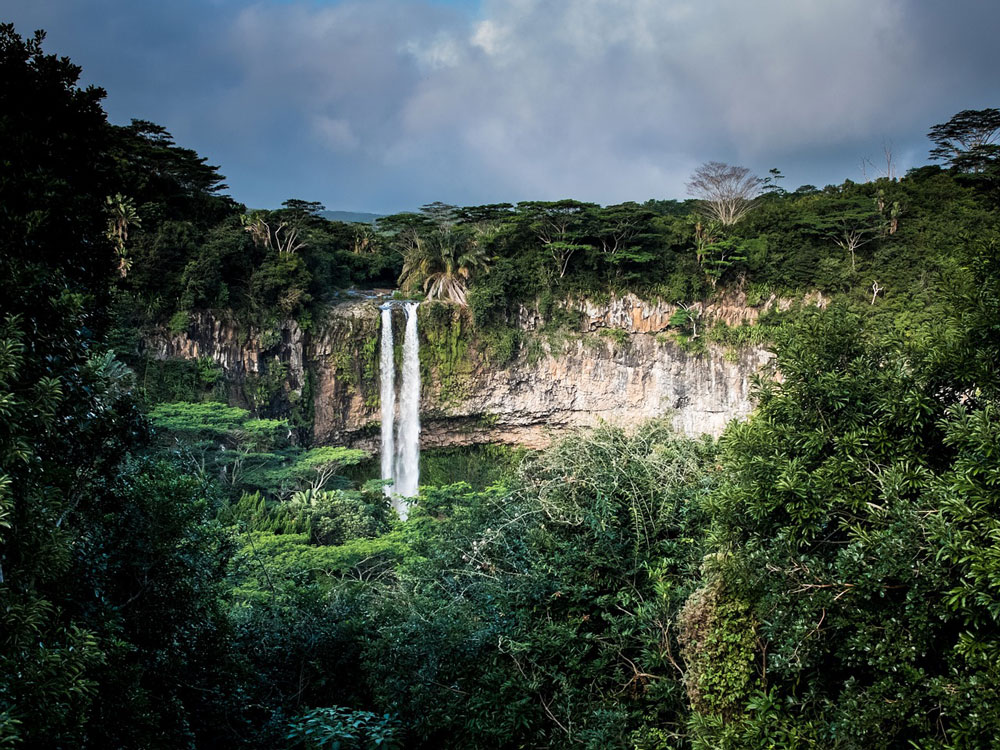
What Are the Tropics? Do They Have Seasons?
Technically speaking, the tropics are the area that surrounds the equator. The region lies between the Tropic of Cancer in the north and the Tropic of Capricorn in the south. No matter where you are in the tropics, the sun is directly overhead at least once a year.
Since day length doesn’t change much, and the temperatures are pretty consistent year-round, do the tropics even have seasons? To more temperate-minded people, it may seem like the tropics are aseasonal. That is, they don’t experience the seasons that many people are used to. Winter, Spring, Summer, and Autumn are unknown annual occurrences in the tropics.
Lots of people assume the tropics have no seasons. After all, it’s hot and humid year-round, right? Wrong!
Depending on where you are in the tropics, there are usually at least two very distinct seasons: the wet season and dry season. The wet season is characterized by rain. Lots of rain. Some places receive 1,000 centimeters (400 inches) of rain during the wet season! For tropical plant identification, the peak of the wet season probably isn’t the best time of year. Unless, of course, you’re okay with getting completely drenched!
A better time of year for tropical botanizing is the wet season’s counterpart. The dry season in many places is when you’ll find the most idyllic weather, and is the most friendly for outdoor activities.
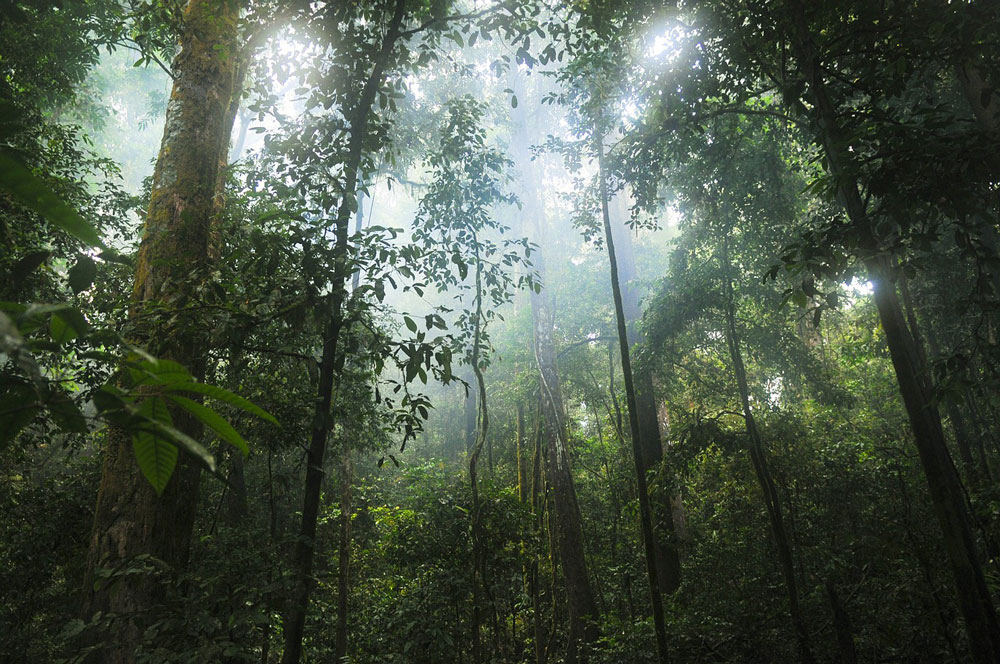
What Should You Look For?
Plant identification in the tropics is challenging. After all, some forests can contain a thousand species in just a single hectare (2.4 acres). One can spend their whole life learning to identify all the flora in a single forest.
To make things easier, look for flowers and fruits. This makes certain plant identification apps like PlantSnap more likely to correctly identify a plant. Plus, flowers are pretty! Fortunately for us, the peak reproduction time for plants in tropical forests is at the beginning and end of the dry season.
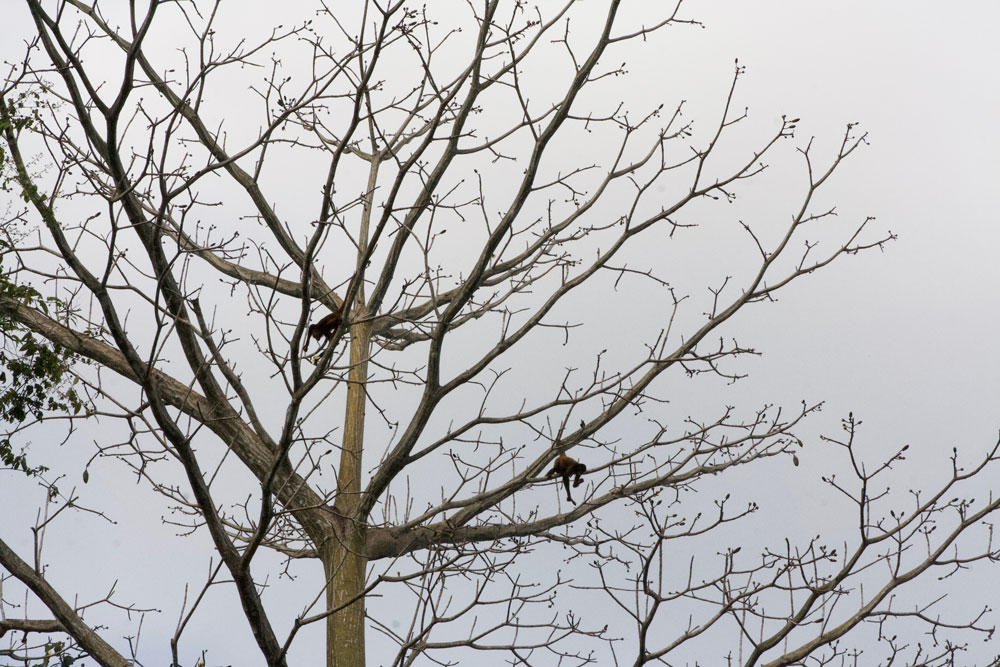
Be warned, though, because during the dry season many trees drop their leaves completely. If you thought trying to identify a plant without flowers was tough, try identifying one without leaves!
Still, there are always other characteristics you can look for like branching patterns, bark texture, and more. One deciduous tree in particular, the Barrigon tree (Pseudobombax septenatum), has unique verticle green stripes on the trunk. Tropical plant identification often takes much more than just looking at the leaves and flowers.
In some forests in Borneo and elsewhere in Southeast Asia, flowers and fruits are much harder to find. This is because they go through extensive “mast” events. “Masting” is when all plants in a forest flower at the exact same time, all in sync with each other. These events happen seemingly randomly, regardless of the season. However, recent studies have found that mast events occur immediately after an intense drought. So, if you happen to be in Southeast Asia during a drought season, get ready to witness one of the biggest flowering events in the world!
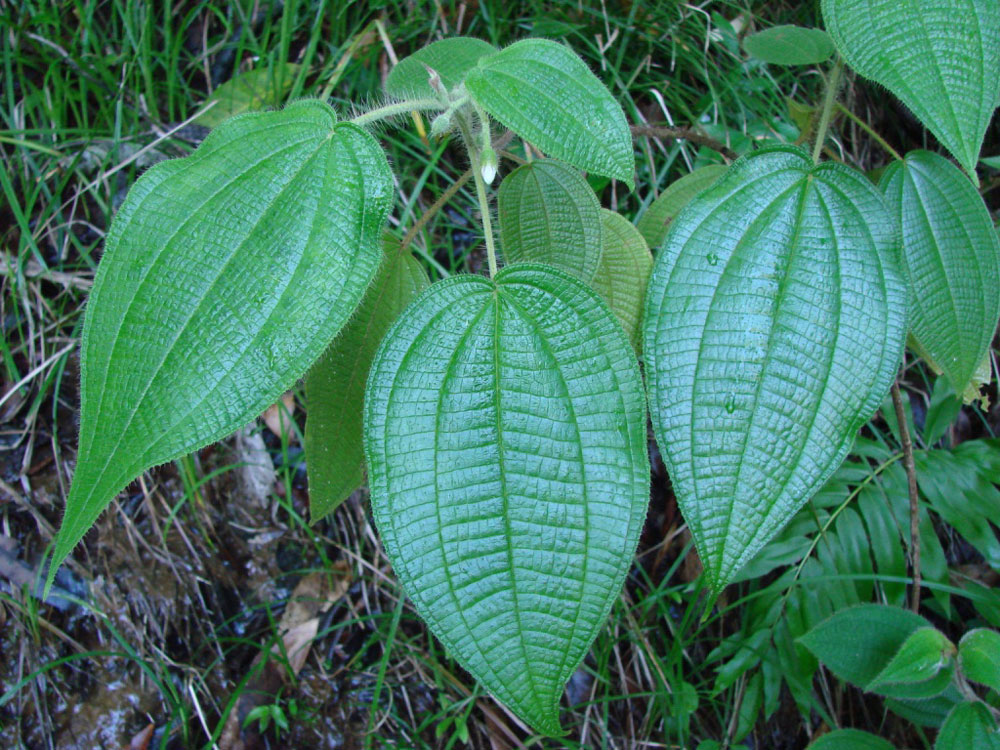
Aseasonal Identification
Even without their reproductive parts, there are some plants that are a breeze to identify. Two examples of these are the plant families Melastomataceae and Costaceae. Melastomes and spiral gingers (Costaceae) are hard to mistake, even without flowers.
Melastomes are characterized by a few parallel veins running the length of the leaf, with many smaller veins perpendicular to the main ones. A typical melastome leaf is pictured above. Spiral gingers have leaves that spiral up the stalk, and is unmistakable for any other type of plant. Below is a picture of a typical spiral ginger plant. These are just two of many plant families that are abundant in the tropics. Here’s an excellent slideshow that can teach you how to identify more tropical plant families!
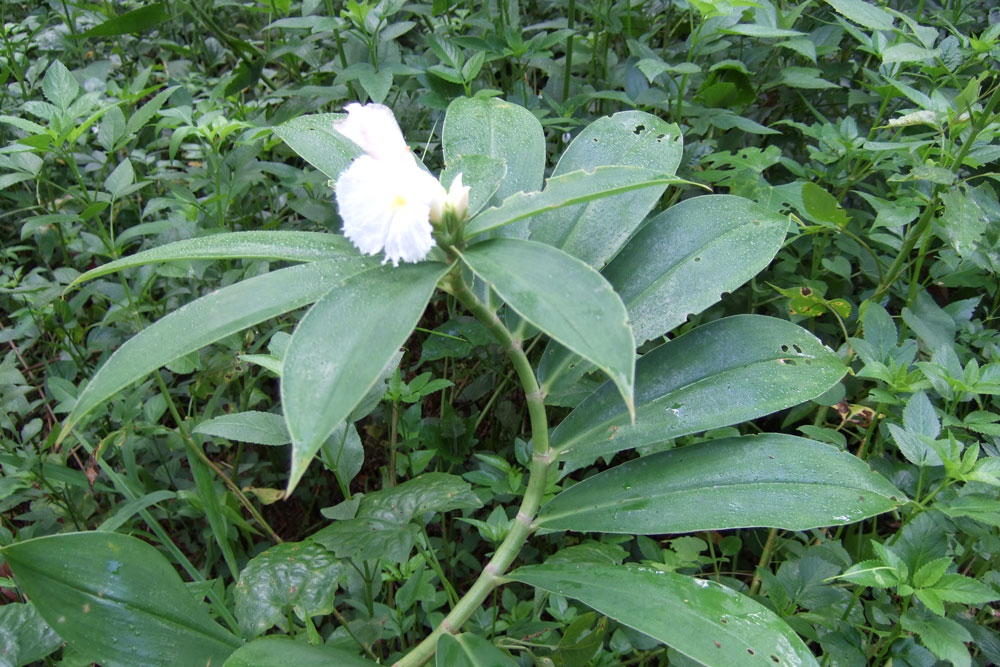
Although there aren’t super distinct seasons in much of the tropics, there are still some seasonal tips for tropical plant identification. Mainly, time your trip to the tropics to coincide with when plants will be reproducing to make things easier, and more fun!











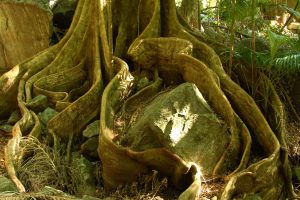

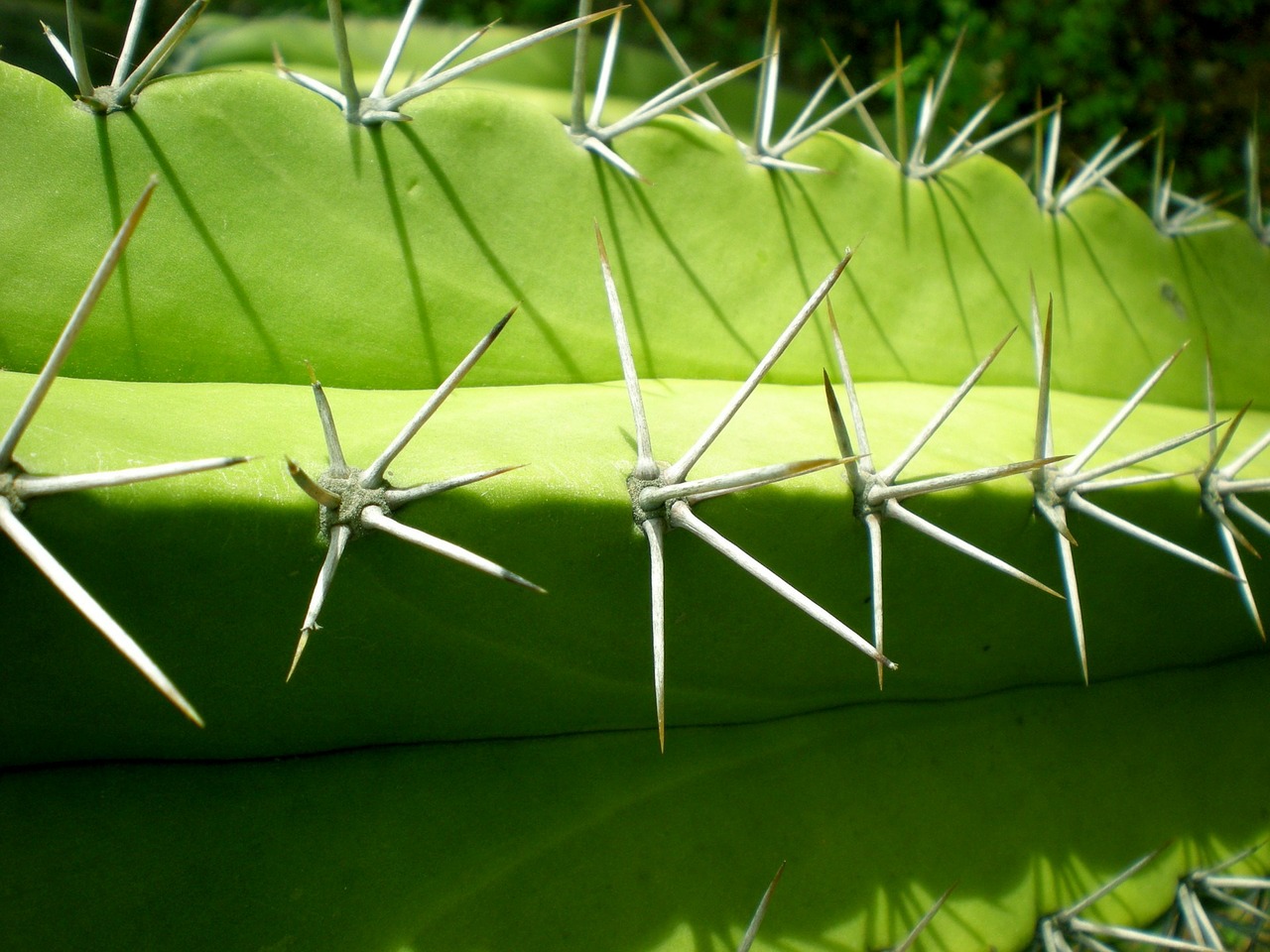
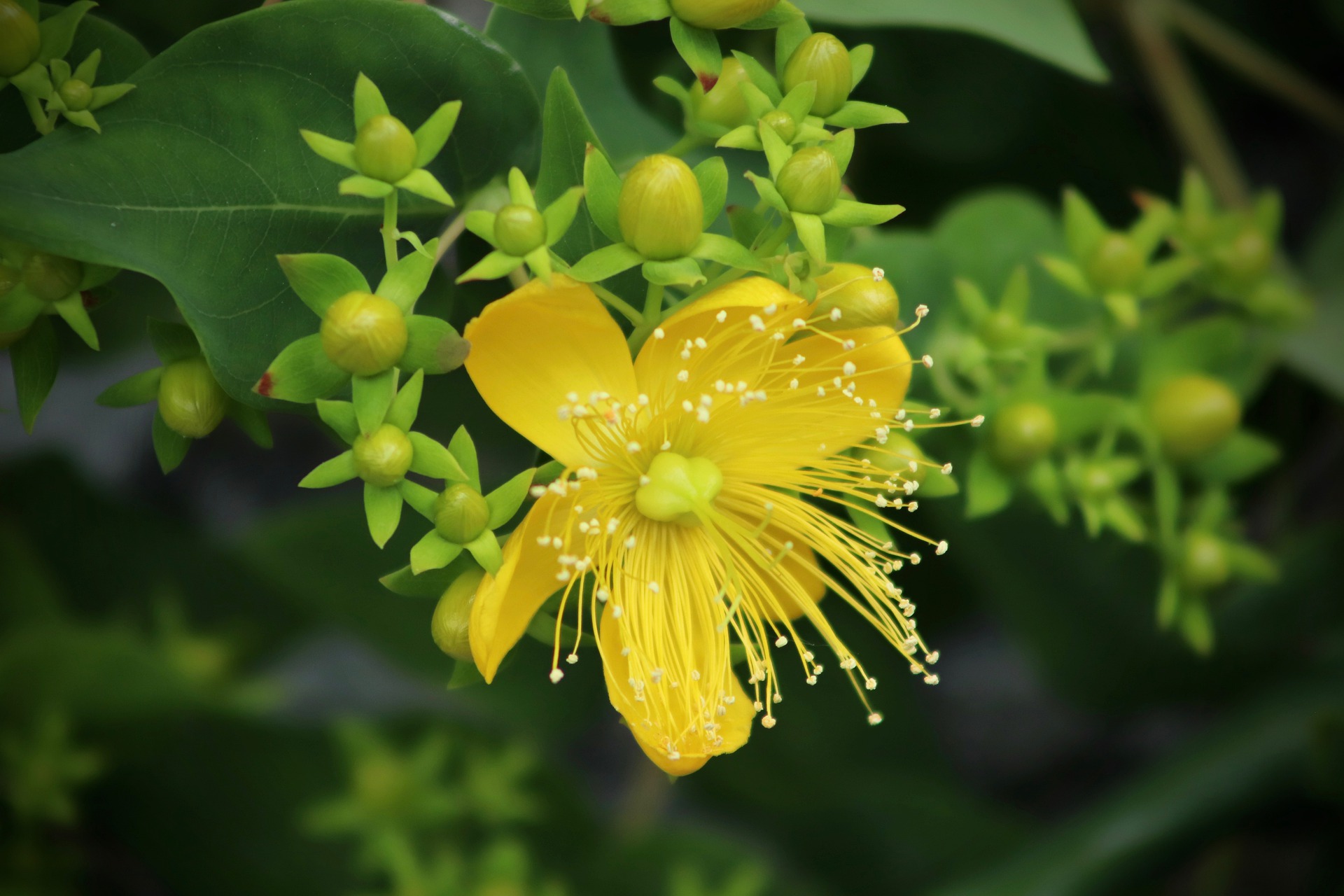
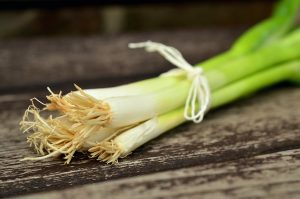
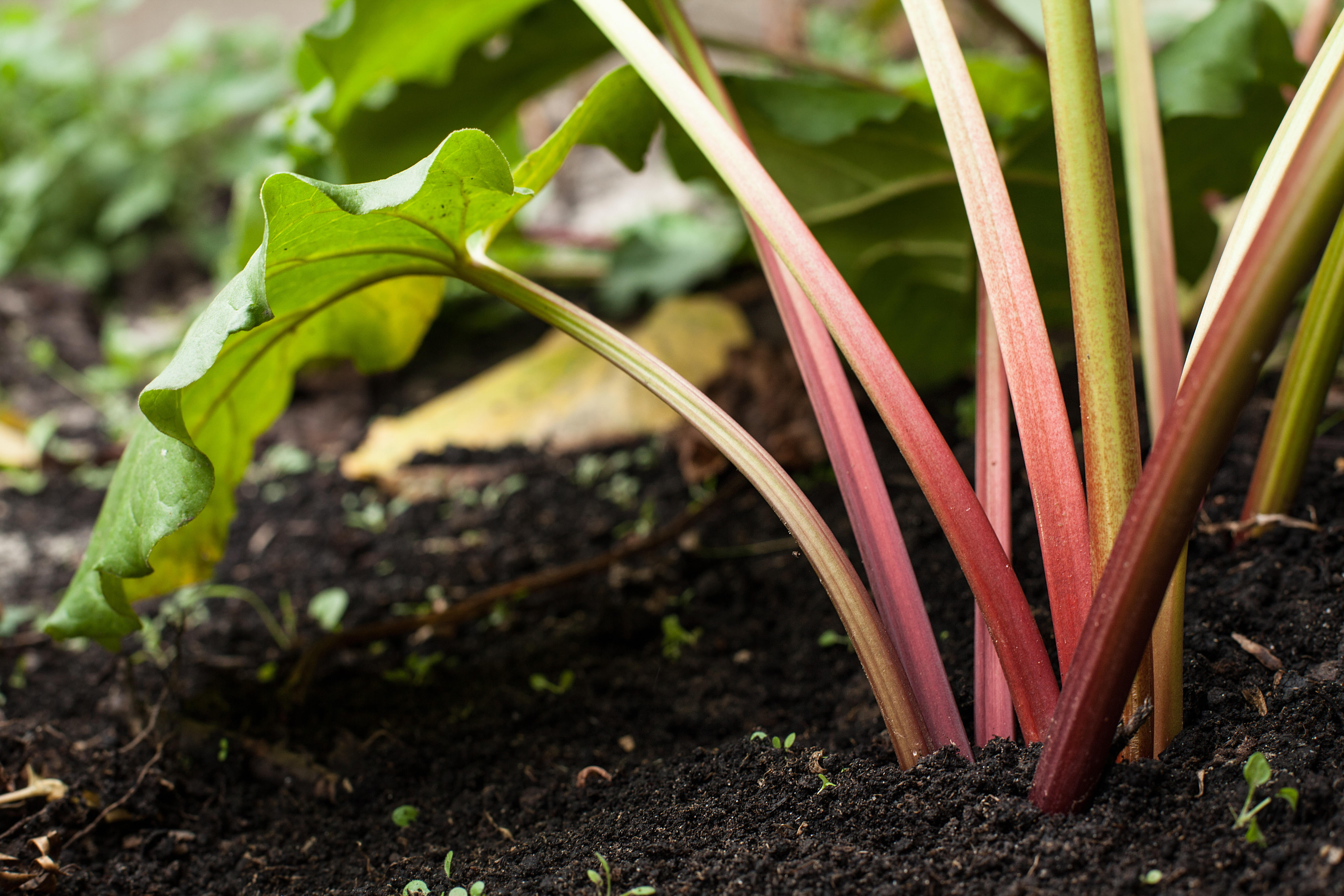
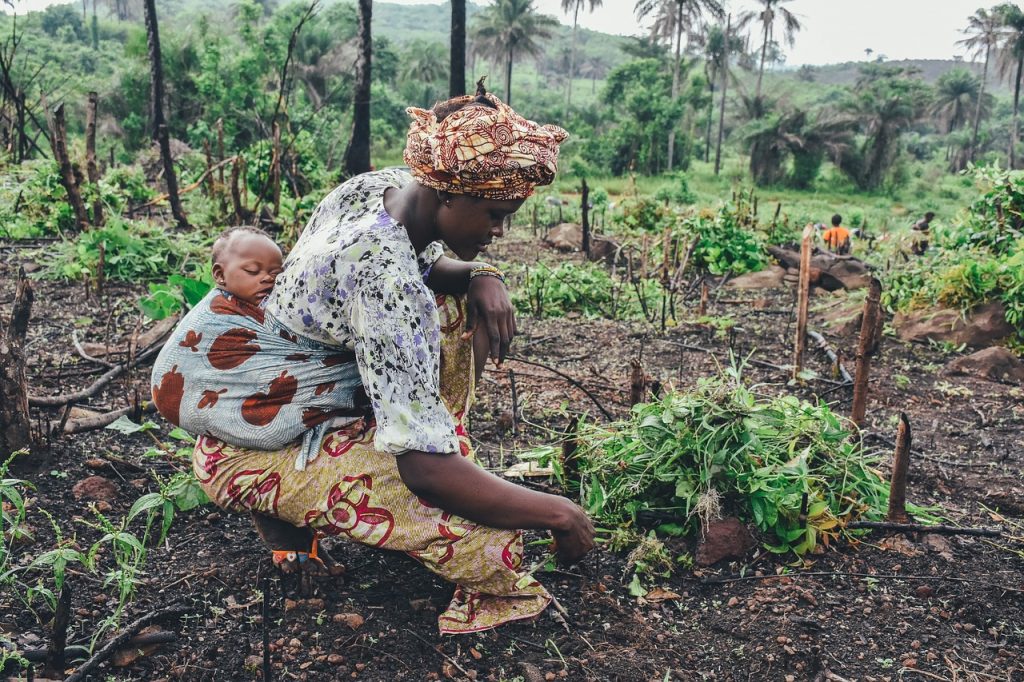
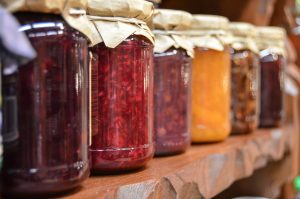
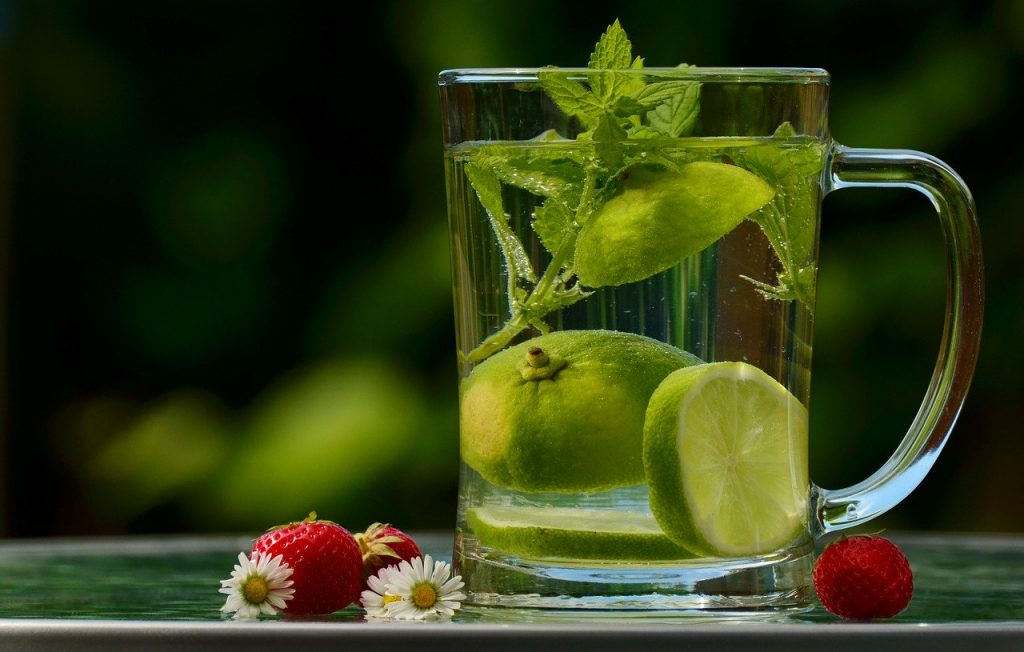
0 Comments